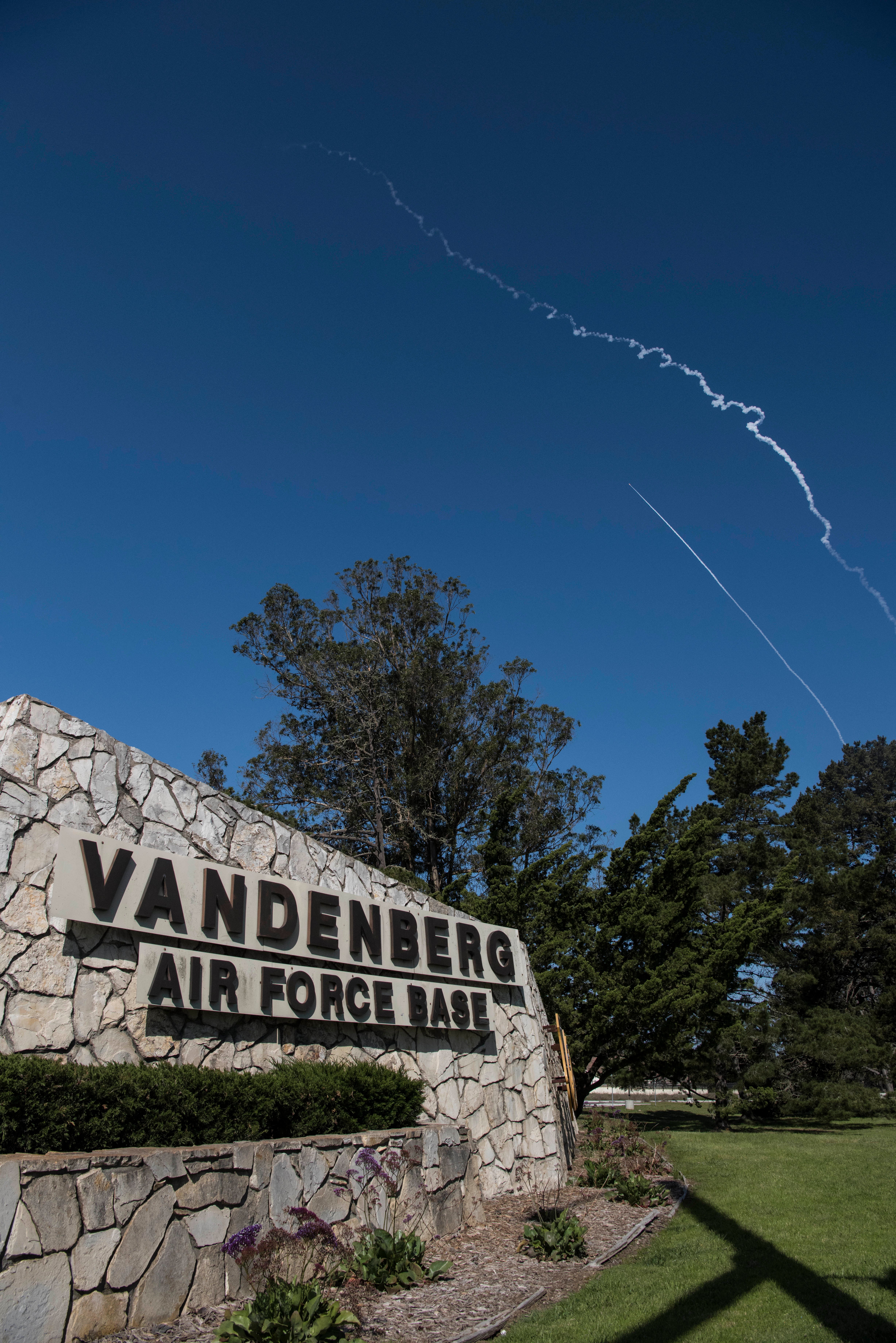Trump’s Space Force launches missile test, ends in explosion seconds after liftoff
An unarmed missile test had barely left the launch pad before exploding unexpectedly Wednesday

A US Space Force rocket exploded just moments after launch late Wednesday above Vandenberg Space Force Base in California.
The unarmed Minotaur II+ exploded just 11 seconds after lift off, and around 11.01pm PDT. No one was injured in the explosion, according to a Space Force media release about the incident, and the resulting debris fell around the launch pad — the nearest large town, Lompoc, is roughly 20 miles south of the base.
"We always have emergency response teams on standby prior to every launch," Space Launch Delta 30 vice commander Col. Kris Barcomb said in a press statement. "Safety is our priority at all times."
An investigative review board will study the explosion and try to determine its cause.
The rocket did not carry a warhead, but its payload one day might: The launch was a test of the Air Force’s new Mk21A reentry vehicle, according to reporting by local news station KEYT. The reentry vehicle of an intercontinental ballistic missile, or ICBM, carries multiple nuclear warheads back into the atmosphere after briefly reaching space at the apex of an ICBM flight path.
The Air Force Nuclear Weapons Center and defense contractor Lockheed Martin are developing the Mk21A for use in the forthcoming LGM-35A Sentinel ICBM, which will replace the aging Minuteman III ICBM’s by the end of the decade.
The Minuteman III ICBM has been a key part of US strategic nuclear forces since the 1970s, with missile fields in Wyoming, North Dakota and Montana forming the ground portion of the nuclear “triad” — ground-based ICBMS, nuclear armed aircraft, and submarine-based ICBMs — designed to deter nuclear attacks by Russia and other nuclear powers.
Subscribe to Independent Premium to bookmark this article
Want to bookmark your favourite articles and stories to read or reference later? Start your Independent Premium subscription today.

Join our commenting forum
Join thought-provoking conversations, follow other Independent readers and see their replies